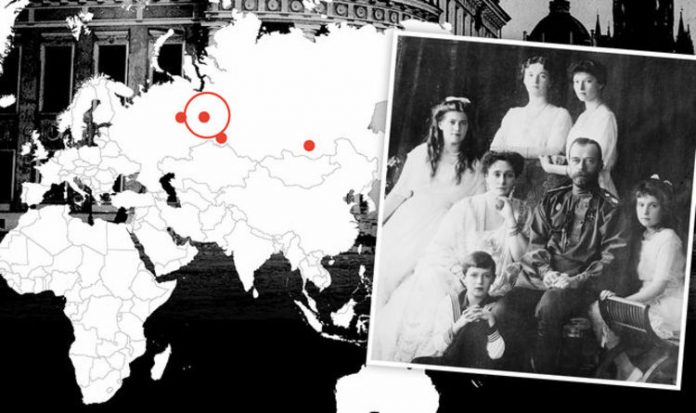Russia: Lost train carrying empire gold is discovered in 2010
The Romanov family ruled Imperial Russia before Vladimir Lenin’s Bolshevik revolution in 1917. Lenin and his communist colleagues wasted no time in selling off priceless Tsarist jewels and, amid the chaos of civil war, numerous masterpieces were lost to history. The fate of the missing Romanov jewels remains one of the world’s greatest mysteries – but a huge breakthrough came with the release of previously classified KGB files. Many of the lost treasures went missing in Siberia, with precious gold and silver dating to the brief period of Siberian independence after Lenin’s power grab – all of which had been in the hands of White forces seeking to roll back Red advances.
Tsar Nicholas II’s personal jewellery and valuables, along with items owned by Empress Alexandra, were among the treasure trove.
KGB files show that Soviet authorities repeatedly hunted for the treasures after the Tsar and his family were murdered in Yekaterinburg in July 1918.
Many items were discovered but the vast majority remain missing, even after a Nazi-backed attempt to retrieve them during World War 2.
Incredibly, KGB files indicate that 26 boxes of Tsarist gold were stashed underground roughly three miles away from Tayga railway station on the Trans-Siberian railway.
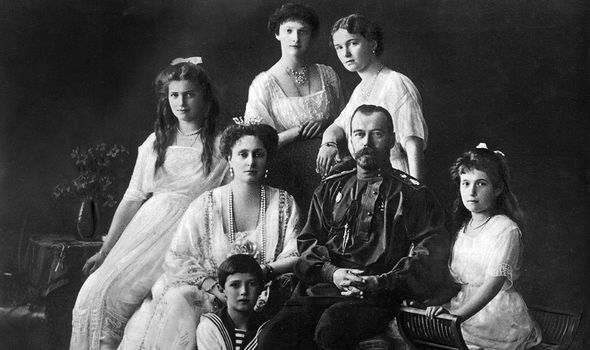
Tsar Nicholas II was murdered alongside his family in 1918 (Image: GETTY)
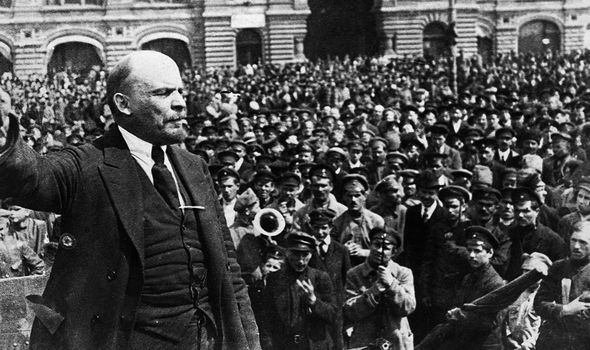
Vladimir Lenin oversaw the Bolshevik revolution (Image: GETTY)
Despite a major Soviet operation, sanctioned by Joseph Stalin in the early Forties, this gold was never found.
This collection alone is estimated to be worth at least £50billion today.
Colonel Alexander Petrushin of the FSB – the post-Soviet successor to the KGB – detailed other stashes of riches linked to the Romanov family after his retirement in 2017.
Colonel Petrushin’s research centres on treasures lost while the Tsar and his family lived in exile, between August 1917 and April 1918, in the Siberian town of Tobolsk.
It appears the Romanovs anticipated their fate as they left their riches with trusted locals before being taken west to Yekaterinburg, where they were ultimately shot.
One collection was retrieved by Stalin’s men in 1933 but at least two others have never been found.
Experts believe they could still be in Tobolsk or further south in Omsk.
READ MORE: Putin’s ‘forbidden nuclear city’ in eastern Russia pictured
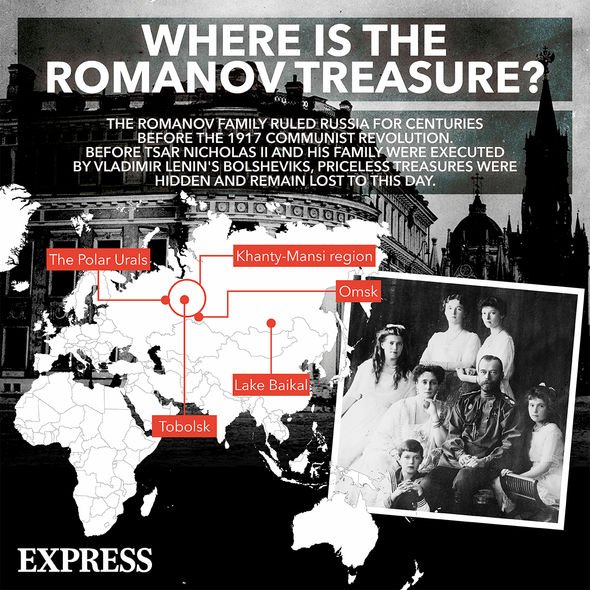
Where is the Romanov treasure? (Image: DX)
Colonel Petrushin goes one step further, claiming that other valuables were in the hands of anti-Bolshevik forces between 1918 and 1920.
Amid the chaos of civil war, these were traded back and forth between White and Red troops and lost.
The retired FSB officer is convinced these are buried in two specific locations: one in the Khanty-Mansi autonomous region, the other in the polar Urals.
Rumours about the lost Romanov treasure have circulated for years.
Many believe gold was stashed across several sites in Omsk, as it was the capital of Alexander Kolchak’s resistance movement in opposition to Bolshevik rule.
Others believe Tsarist gold lies in the depths of Siberia’s Lake Baikal, the deepest lake in the world, as a train derailed into the waters at the height of the revolutionary period.
DON’T MISS
Fallen Romanovs ‘would not have changed Russia had they survived’ [ANALYSIS]
Heartbreaking link between Queen’s disabled cousins and Russian prince [INSIGHT]
Princess Anne’s role in mystery of lost Russian Romanov crown jewels [EXPOSED]
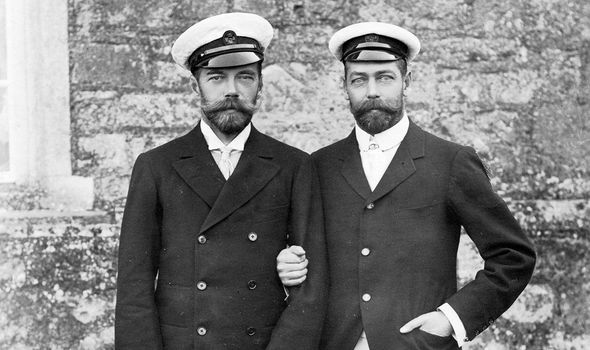
Tsar Nicholas II and Britain’s King George V were cousins and looked incredibly alike (Image: GETTY)
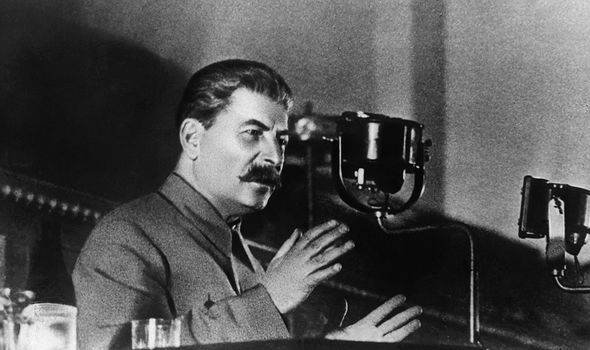
Joseph Stalin (Image: GETTY)
The KGB files, unearthed by The Siberian Times, relate to the depositing of gold as the Bolsheviks attacked White forces in 1919.
They provide astonishing insight into desperate Soviet attempts to retrieve the gold in the Thirties and Forties, as KGB officers reported back to Moscow.
Officers focused their attention primarily on former White Army troops and letters repeatedly refer to accounts of anti-Bolsheviks trying to hide stashes of gold to keep it away from Lenin’s men.
Of three collections left in Tobolsk, only one was located by Stalin’s agents in 1933.
This had been handed to nuns for safekeeping. One of whom, Nun Marfa Uzhentseva, told inquisitors: “Before the last Romanovs were taken away, the Tsar’s valet Terenty Chemodurov came to me in the nunnery and passed me a big package.
“Giving me the package, Chemodurov said that there are the treasures of Tsar’s family.
“I immediately went to the Abbess and passed her the treasures. The treasures were kept by the Abbess until the spring of 1923 when the abbey of nuns was closed.
“When it was closed, the Abbess hid the treasures and encouraged the nuns to resist.
“When she learned that she may be detained she passed the royal treasures to me, asking me to keep them until the ‘real power’ comes back.
“I took the package and put it into the nunnery’s well. As soon I was detained for 18 days I worried that the treasures could rot in the water. As soon as I was released, I rushed to the well and took them away.”
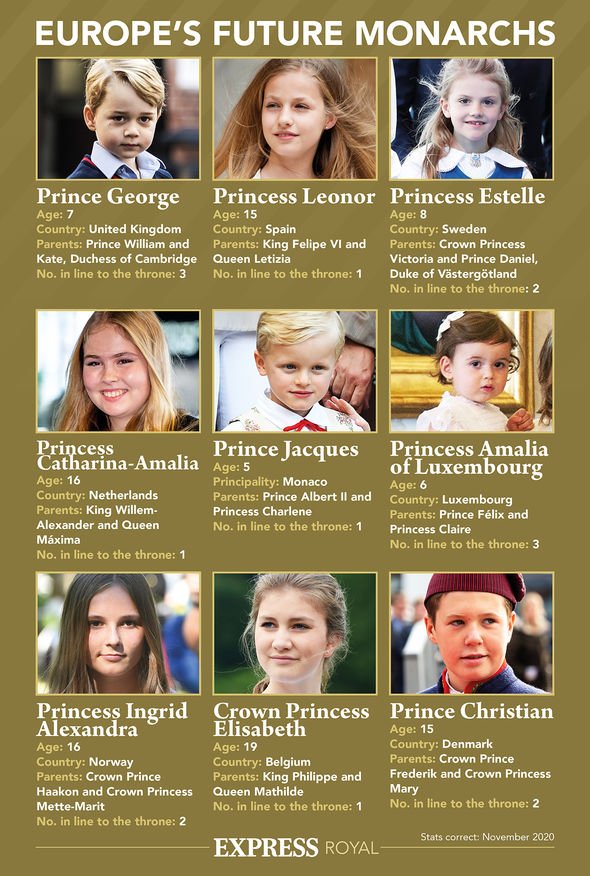
Europe’s future monarchs (Image: DX)
Later she hid them at the house of local fisherman Vasily Kornilov. It was here that men from the NKVD – the precursor to the KGB – found them in 1933.
The treasure was astonishing and valued at 3.3 million gold roubles at the time – but it was only one of three Romanov stashes. The other two are still missing.
Priest Alexey Vasilyev, who was close to the Romanovs in Tobolsk, received a leather suitcase with gold and diamonds.
Royal servant Paulina Mezhenas testified in 1931 that Father Alexey had been entrusted with the crowns of the former empress and her four daughters.
Ms Mezhenas claimed she “saw the crown of Alexandra Feodorovna, and it was all of diamonds”.
Father Alexey died in 1930. The whereabouts of the suitcase is still unknown.
Many now believe this suitcase was successfully hidden in either Tobolsk or Omsk, and may well remain there.
Other lost treasures include honours given to White troops as they retreated from the advancing Bolsheviks in 1919.
One set of these valuables was stashed in boxes and hidden in northern Russia, including the royal diamond-encrusted sabres and dirks, church relics, and the valuable Abalak icon.
This was found later by White fighters Vladimir Smirnov and Captain Kiselyov.
Colonel Petrushin claims Mr Smirnov hid the treasure at a nearby location in the Polar Urals, made a map, and fled to Finland where he changed his name to Nikolaev.
At the height of World War 2 in 1943, he made another attempt to locate the treasure and get it out of the Soviet Union – this time with Nazi help.
White forces, with Adolf Hitler’s support, landed in the Komi republic with the aim of freeing Gulag prisoners, arming them and creating a second front on Stalin.
It was a disaster and the group suffered heavy casualties – but Mr Smirnov’s map was never found.
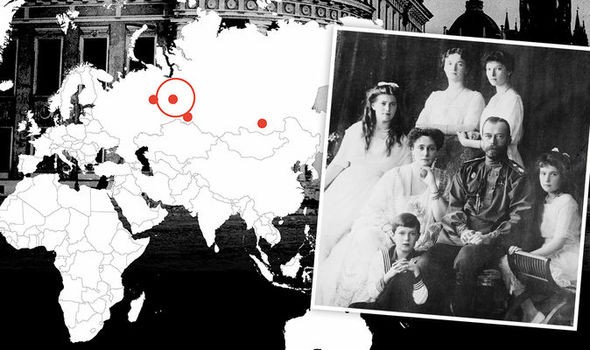
Royal mystery blown wide open as lost Russian Romanov treasure traced to FIVE locations (Image: GETTY)
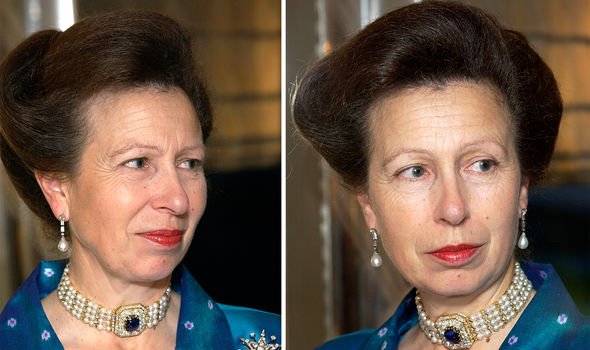
Princess Anne is the current owner of the Empress Maria Feodorovna choker (Image: GETTY)
Colonel Petrushin told The Siberian Times: “I got interested in this story back in 1991, when KGB archive documents held in Tymen were transferred to the state storage… accidentally discovered were Chekist documents from the Twenties, describing the orders ‘Liberation of Siberia’ and ‘Revival of Siberia’.”
Some Romanov treasure was smuggled out of Russia, though.
Princess Anne is the current owner of the Empress Maria Feodorovna choker, originally owned by the wife of Tsar Alexander III.
After her death in 1928 it was inherited by her daughter, Grand Duchess Xenia, who later auctioned a selection of her mother’s jewels in London.
Queen Mary of Teck – Queen consort to King George V – brought the choker for a reported £6,000 (roughly £400,000 today) and wore it both as a necklace and disassembled.
When she died, the choker was inherited by Queen Elizabeth II, who then passed it on to Anne.
